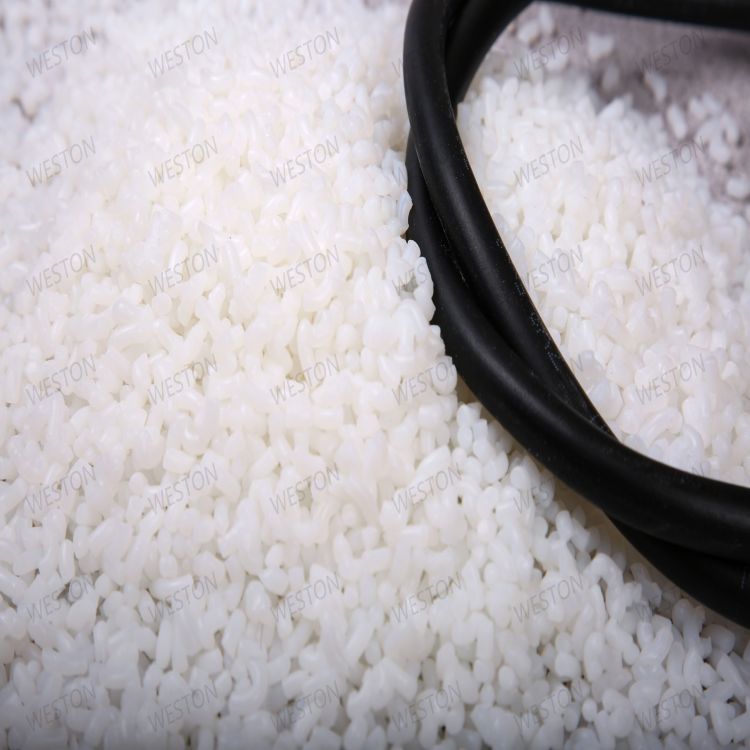-
Categories
-
Pharmaceutical Intermediates
-
Active Pharmaceutical Ingredients
-
Food Additives
- Industrial Coatings
- Agrochemicals
- Dyes and Pigments
- Surfactant
- Flavors and Fragrances
- Chemical Reagents
- Catalyst and Auxiliary
- Natural Products
- Inorganic Chemistry
-
Organic Chemistry
-
Biochemical Engineering
- Analytical Chemistry
- Cosmetic Ingredient
-
Pharmaceutical Intermediates
Promotion
ECHEMI Mall
Wholesale
Weekly Price
Exhibition
News
-
Trade Service
Elemental Nitrogen
The simple substance of nitrogen exists in the form of diatomic molecule N 2
.
Nitrogen hydrides mainly include ammonia NH 3 , hydrazine N 2 H 4 , hydroxylamine NH 2 OH, and hydrazide HN 3
12.
1.
1 Elemental Nitrogen
The two atoms in the N 2 molecule are joined by a triple bond, which is very stable at room temperature
.
N 2 is a colorless and odorless gas with low melting and boiling points (melting point -210.
Industrial air fractionation system liquid N 2 , thermal lab ammonium salt prepared by the decomposition of N 2
.
NH 4 CI+NaNO 2 =NaCl+2H 2 O+N 2
N 2 activity increases at high temperatures and can react with metals
.
3Ca+N 2 =Ca 3 N 2
Under conditions of high temperature and pressure and the presence of a catalyst, nitrogen can react with hydrogen to produce ammonia
.
Nitrogen can also directly combine with oxidation under discharge conditions
.
Hydrazoic acid
The molecular structure of hydrazoic acid HN 3 is shown in Figure 12-4
.
The three N atoms in the molecule are connected to form a straight line, and the angle between HN and NNN is 111°
Figure 12-4 HN 3 and N 3 -structure, delocalized π bond
HN 3 is a colorless liquid (melting point -80°C, boiling point 35.
7°C), which is highly toxic and explosive, and its acidity (K Θ a=2.
5×10 -5 ) is similar to that of acetic acid
Hydrate can be produced by oxidizing hydrazine with nitrous acid
N 2 H 4 +HNO 2 =HN 3 +2H 2 O
N 3 - properties are similar to halide ions, such as white AgN 3 and Pb(N 3 ) 2 are hardly soluble in water
.
Alkali metal azides are slightly stable, while other metal azides may explode when heated or impacted
Pb(N 3 ) 2 =Pb+3N 2 ↑







